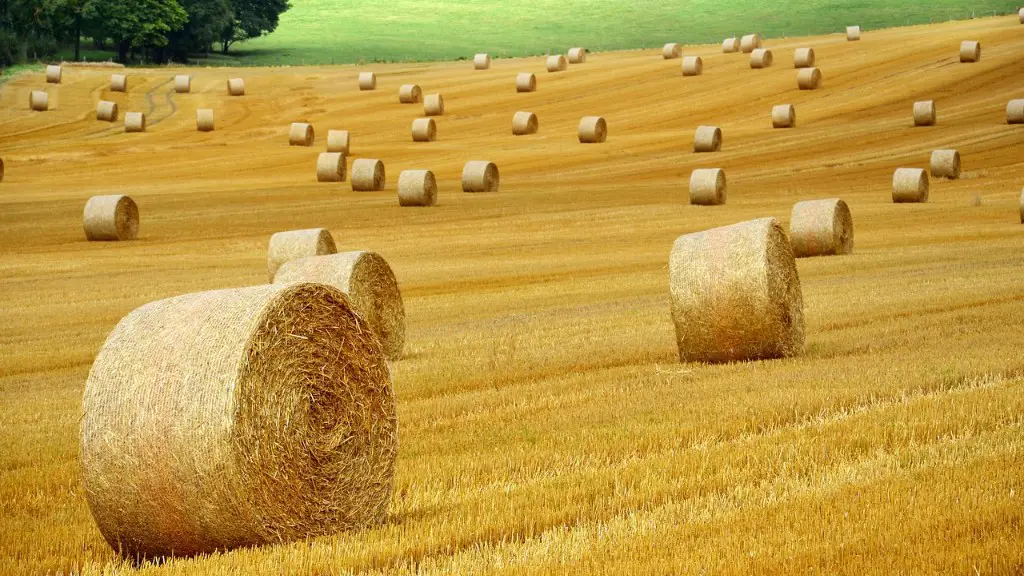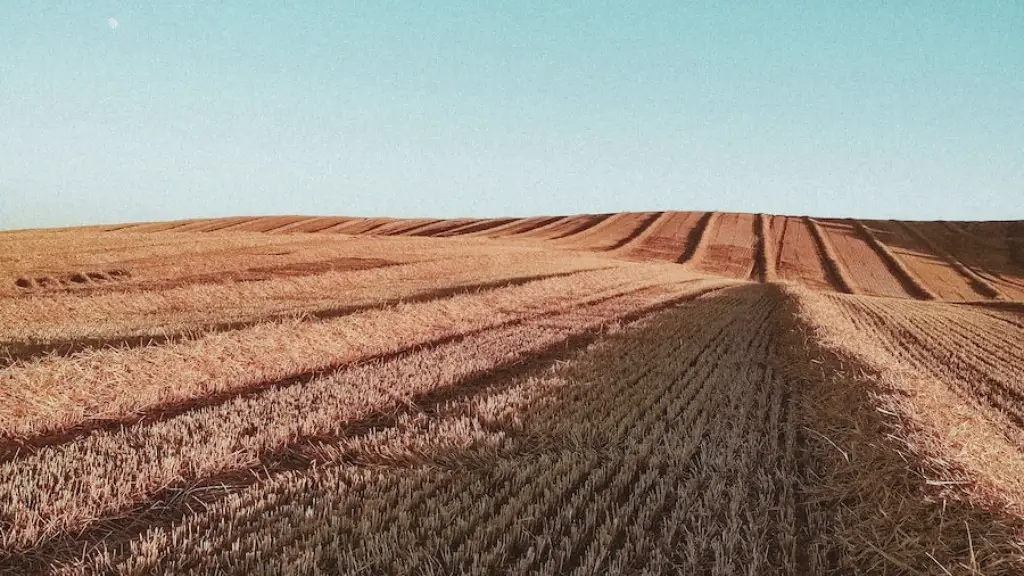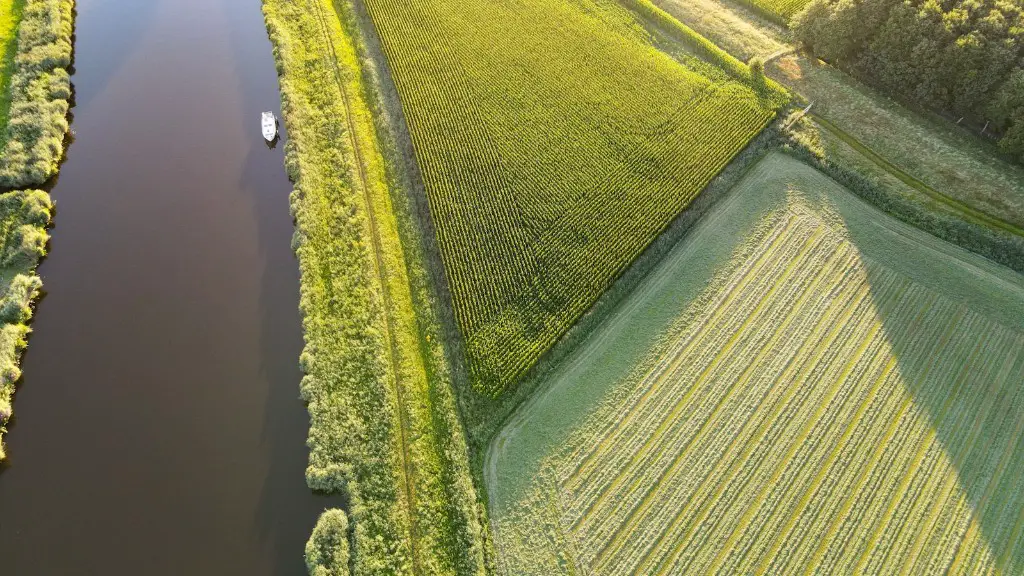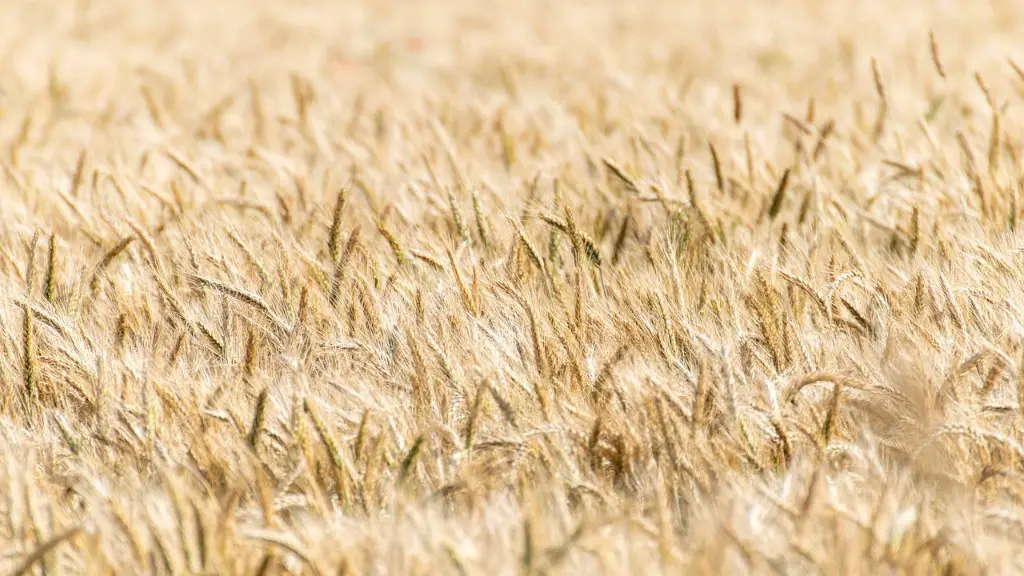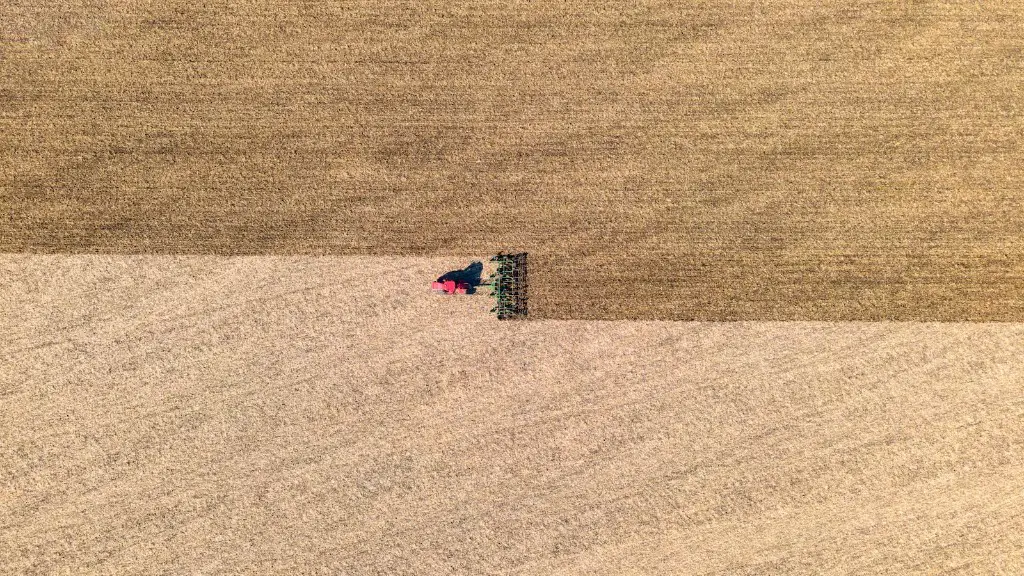Domestication refers to the process by which a plant or animal species is brought under human control and changed to suit human needs. Agriculture is the main form of domestication, where plants are selectively bred to grow in specific ways, and animals are raised for food or work.Domesticating plants and animals has allowed humans to become one of the most successful species on Earth, as we have been able to control our food supply and adapt to different environments.
Domestication is the process of taming and training plants or animals for human use. Agriculture is the practice of growing and cultivating plants for food, fuel, fiber, and other products.
What is the best definition of domestication?
Domestication is the process of adapting a plant or animal from a wild or natural state to life in close association with humans. This process typically involves the selective breeding of individuals with desired characteristics, and it often results in the development of new species or varieties that are better suited to life in captivity than their wild ancestors.
Domestication has played a key role in human history, and it has been instrumental in the development of agriculture and animal husbandry. Over time, domesticated plants and animals have often become quite different from their wild counterparts, and they are often better suited to the needs of human beings.
There are many examples of domesticated plants and animals, including wheat, rice, maize, potatoes, chickens, cattle, sheep, and pigs.
Domestic animals are those that have been domesticated by humans, that is, they have been bred to live and interact with humans. They are genetically distinct from their wild ancestors or cousins.
Domestication for companionship includes animals such as dogs and cats, which have been bred to be companions for humans. Animals farmed for food include sheep, cows, pigs, and turkeys, which have been bred to be raised for food. Working or draft animals include horses, donkeys, and camels, which have been bred to be used for labor.
What are methods of domestication
The three pathways described for domestication are commensal, prey, and direct pathways. In the commensal pathway, the wild animals were attracted to anthropogenic habitats, mainly for human food waste or small prey, establishing a commensal relationship with humans. In the prey pathway, humans actively hunted and killed the animals, and then tamed and domesticated them. In the direct pathway, humans directly tamed and domesticated the animals without them being attracted to human habitats or hunted by humans first.
Humans have been domesticating animals for centuries, for a variety of reasons. Some animals have been domesticated for food, others for work, and still others for companionship. Dogs are thought to be some of the first animals to be domesticated by humans, and after them, livestock animals such as sheep, cows, and pigs. Today, there are a wide variety of domesticated animals available to humans, each with its own unique purpose.
What are the three main steps for domestication?
Wild animals have been captured and tamed for centuries. In most cases, the animals are captured for their useful materials, like milk or fur. However, some animals are captured for their behaviors, like elephants or bears, which can be trained to perform tricks or work for humans.
The domestication of animals has helped humans in many ways. For example, cows and goats have given them milk and meat. Cattle have also helped them in ploughing the fields. Cattle and sheep are kept for their wool, skins, meat and milk. Large animals can also be used to do physical work like carrying things or ploughing the field.
What are the 5 requirements for domestication?
In his book Guns, Germs, and Steel, historian and anthropologist Jared Diamond argues that the domestication of animals played a critical role in human history. In order for an animal to be domesticated, Diamond argues, it must possess six key characteristics: a diverse appetite, rapid maturation, willingness to breed in captivity, docility, strong nerves, and a nature that conforms to social hierarchy.
The domestication of animals, Diamond argues, allowed humans to develop settled civilizations, as opposed to a nomadic lifestyle. The animal’s willingness to breed in captivity allowed humans to control their numbers, while their docile nature allowed them to be easily controlled. Strong nerves meant that they could be used for labor, and their social hierarchy meant that they could be easily integrated into human society.
The domestication of animals, then, was a crucial step in human history, one that allowed for the development of complex societies.
Domesticated plants are plants that have been bred and grown by humans for a specific purpose. Examples of domesticated plants include wheat and barley (for food), the potato (for food and fuel), and millet and rice (for food) in China. Each of these plants was domesticated in a specific region, and they continue to be important crops in those regions today.
What is required for domestication
There is no one definitive answer to this question, as there is much debate over what constitutes a domesticated animal. However, most experts agree that for an animal to be considered domesticated, it must live in captivity and be selectively bred by humans for more than 10 generations. This definition excludes animals that are simply tamed, as they have not been deliberately bred to be domesticated.
The study found that domestication syndrome is caused by changes in the migration or activity of neural crest cells during their development. The study concluded that during early dog domestication, the initial selection was for behavior. This finding could have important implications for our understanding of the evolution of domesticated animals.
What were the first domesticated crops?
The Fertile Crescent includes some of the first plants that were domesticated in the world. These include three cereals (emmer wheat, einkorn wheat, and barley), four pulses (lentil, pea, chickpea, and bitter vetch), and flax. These species were extremely important in the development of early human civilizations and continue to be an important part of the world today.
Domestic plants are those that have been altered by humans over multiple generations, typically in order to make them more useful. This can involve changes to their life cycle, behaviour or appearance. Common examples of domesticated plants include crops like wheat and rice, as well as ornamental flowers.
Is domestication good or bad
Although animals have brought humans many advantages, they have also caused an increase in diseases. When humans domesticated animals, they came into close contact with them, which led to the spread of diseases. Some of these diseases, such as smallpox and measles, were deadly. Other diseases, such as influenza, caused great harm and death. Animal domestication has been a mixed blessing for humans. It has brought us many benefits, but it has also caused an increase in diseases.
The first domesticated animal was the wolf, which occurred at least 15,000 years ago. Wolves were likely the first animal to be domesticated, as they were capable of forming close bonds with humans and were useful for hunting.
What are the consequences of plant domestication?
Domesticating plants has been shown to increase litter quality, which encourages litter decomposability. This is due to the increased presence of microbes in the soil, which break down the litter more quickly. This also results in higher soil nitrogen availability and lower carbon to nitrogen ratios.
Crop domestication has the potential to dramatically alter plant-insect interactions. As crops become more domesticated, they may become more appealing to herbivores and more vulnerable to insect pests. In addition, crop domestication can alter the abundance and diversity of natural enemies of herbivores, which can impact Insect- herbivore-plant interactions.
How long does domestication take
Domesticating animals is a long and difficult process that has been going on for thousands of years. It involves living alongside animals and selectively breeding them to make them more suitable for human use. This process is extremely difficult and requires a lot of patience and expertise.
A downside to domestication is the spread of diseases between humans and animals that would have otherwise jumped between species. Pig flu and transfer of parasites are just a few examples of humans and animals getting a little too close. But without domestication, humans may well still be wandering hunter-gatherers.
Final Words
Domestication is the process of taming animals and plants so that they can be raised by humans for food or other purposes.
Domestication of plants and animals is the process of human beings selecting and breeding them for desired characteristics. This has been going on for millennia, and has resulted in the creation of many different types of domesticated plants and animals, adapted to different ecosystems and human needs.

